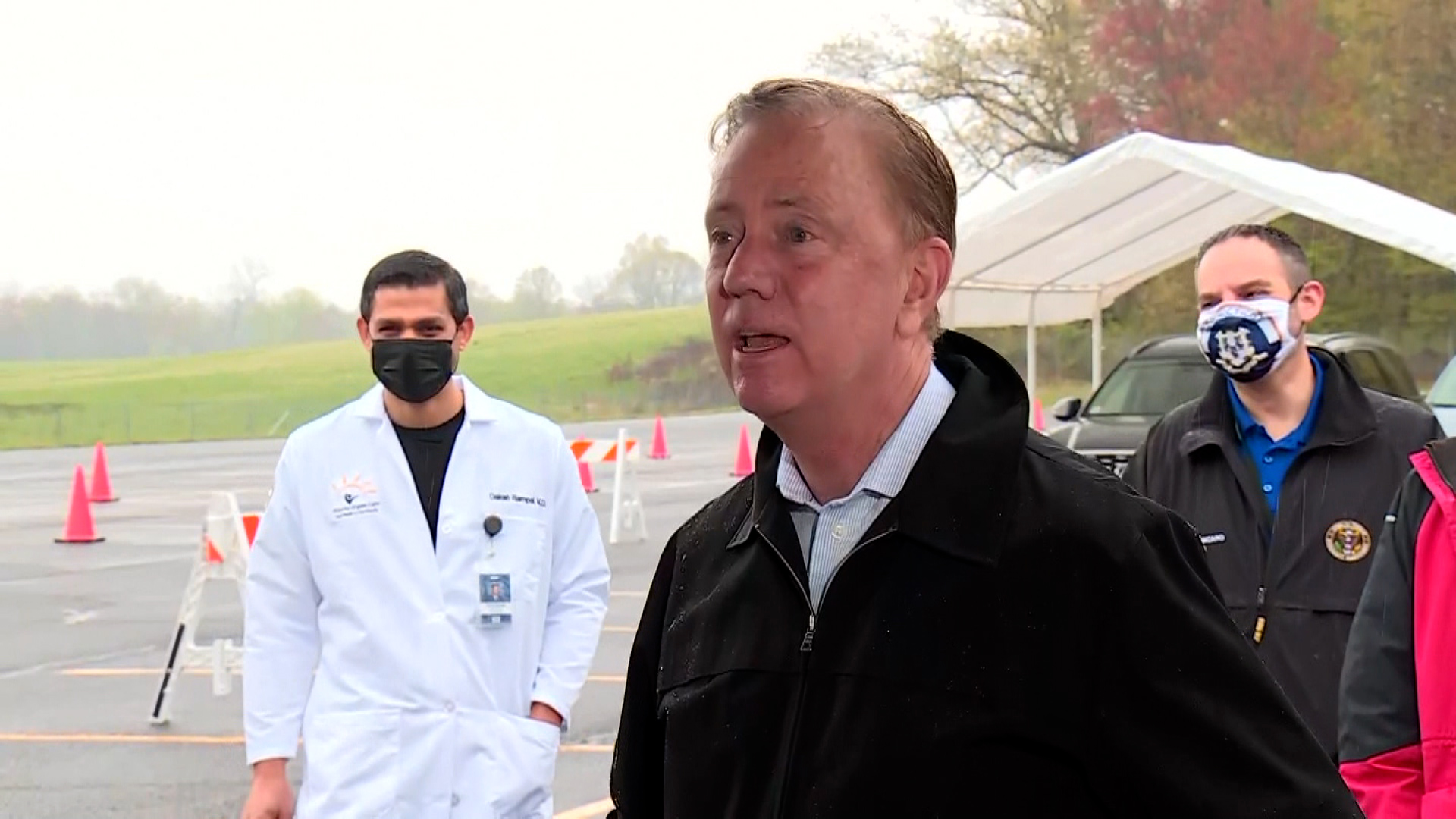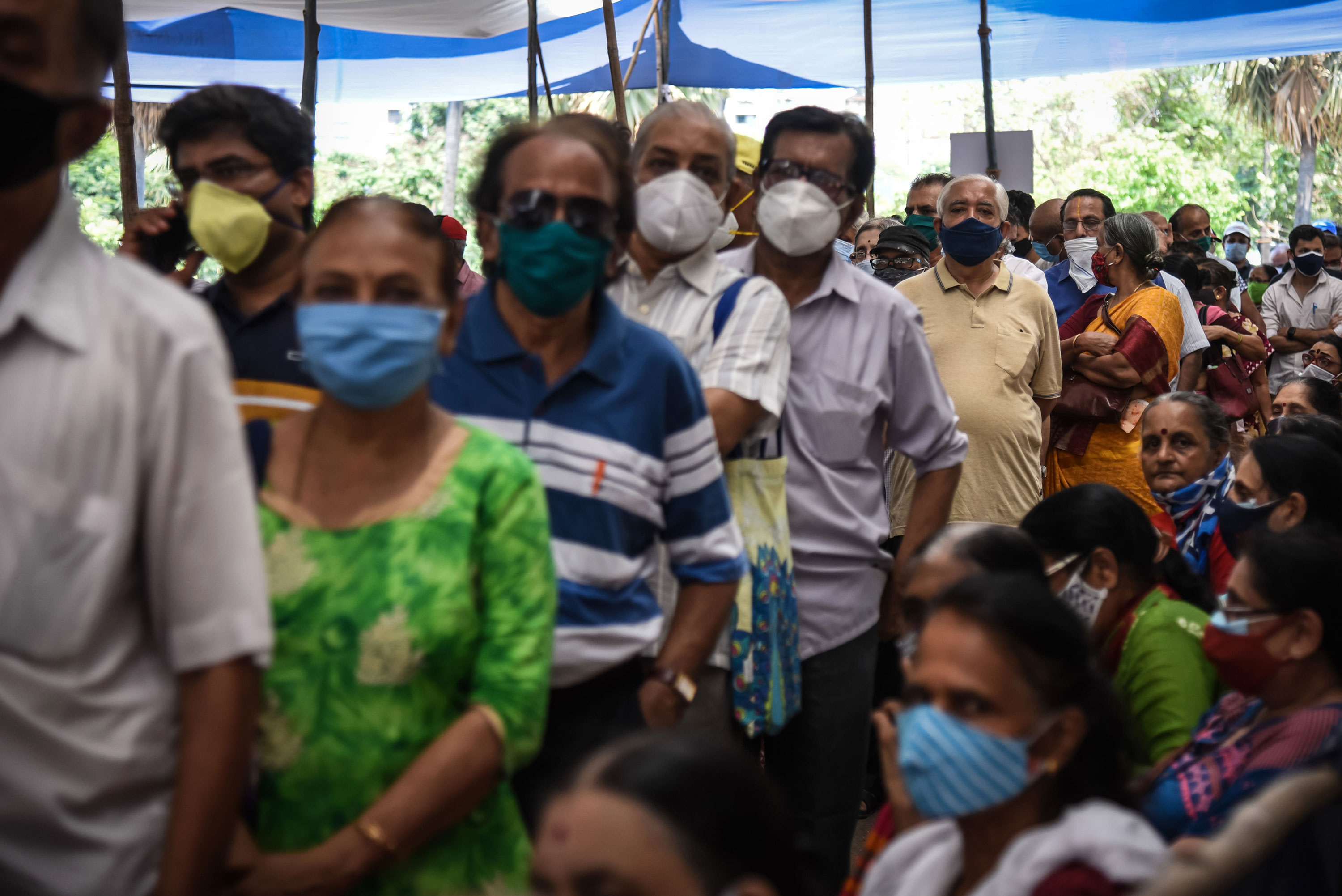Roughly 35% of the population is estimated to have been infected with the virus that causes Covid-19 as of March, according to data shared Thursday by the US Centers for Disease Control and Prevention.
The agency estimates the virus has led to 114.6 million infections, 97.1 million symptomatic illnesses and 5.6 million hospitalizations from February 2020 to March 2021.
This means total infections are estimated to be about four times higher than what’s been officially reported. The US hit 30 million cases toward the end of March.
That gap isn't quite as wide as what the agency reported in January, when it estimated an even higher proportion of Covid-19 infections were going unrecognized. Since then, the agency says it received more data on how often people with Covid-19 symptoms seek medical care and testing.
“These updated data indicated higher levels of health-seeking behavior than data included in our previous estimates,” CDC said.
It is unclear how these numbers might factor into herd immunity — including how long natural immunity might last and how much overlap there is with people who are now vaccinated.
More data: Experts have long said the number of actual infections were significantly higher than reported, but how much higher has been a cause for debate.
The Institute for Health Metrics and Evaluation at the University of Washington estimates that 30% of the US has been infected as of April 19. This is a large jump from its previous update, just one week prior, when it estimated only 22% of the US had been infected.
“Our estimate of the percent infected to date has increased considerably from last week due to introducing corrections for waning antibodies in our analysis of seroprevalence surveys,” the institute explained last week. Unlike the CDC, the IHME model relies heavily on tests showing the prevalence of antibodies over time across the US.






